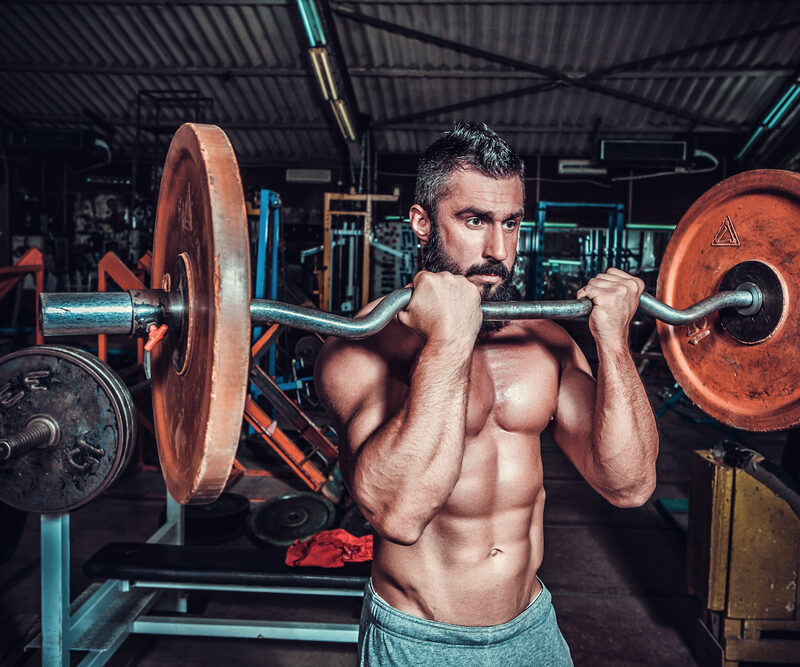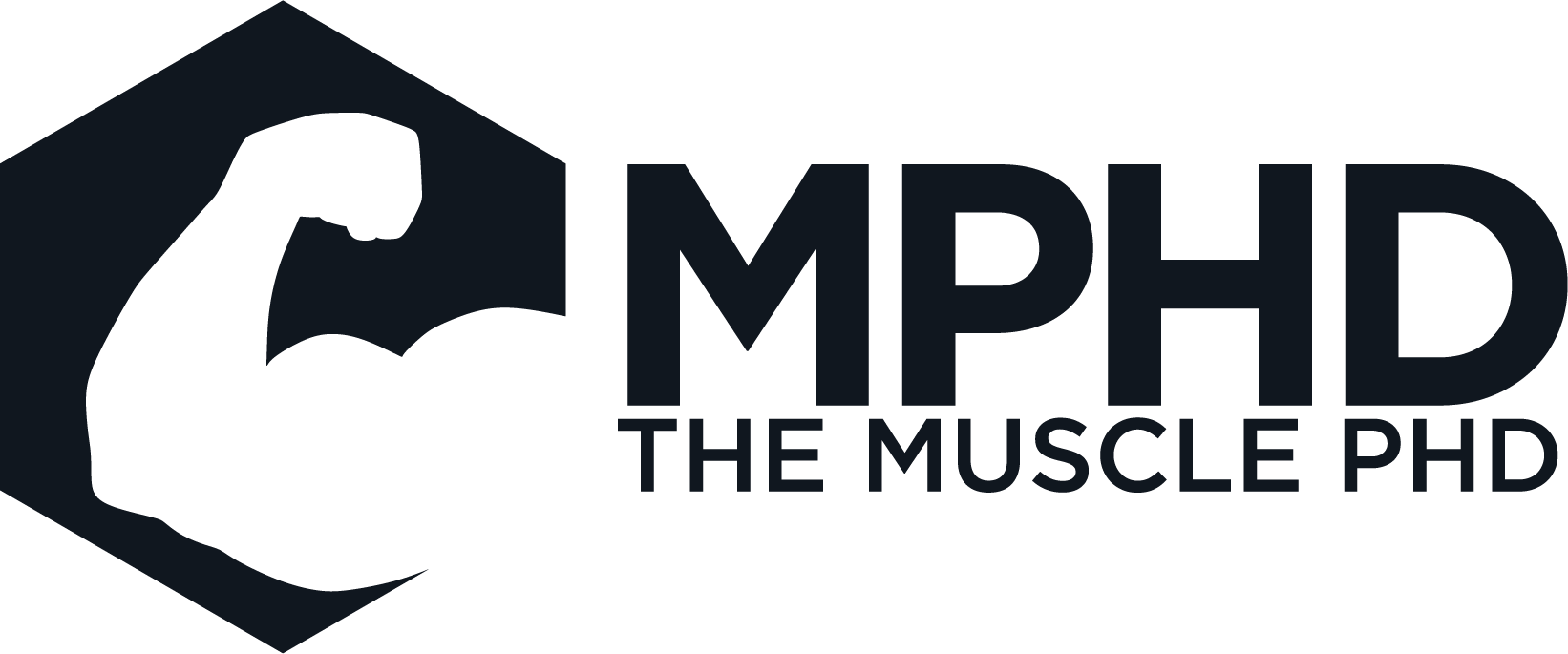When you’re looking to optimize muscle composition and your overall body strength, you might believe that doing the same exercise over and over again helps you fully activate the muscle, making it bigger, symmetrical, and stronger.
After all, you are isolating your muscles when you go to the weight room. The bicep muscle, for instance, is a fairly straightforward muscle originating from the shoulders and inserting right in the forearm. So if you’re activating this muscle, then it’s safe to say that you’re fully activating the bicep across the entire muscle belly, right?
Wrong! Even in a so-called “simple” muscle like the biceps, you need to go beyond the anatomical shape and realize that regional hypertrophy does exist. Even beyond that inner and outer belly of the bicep, muscle fibers have their own regions, and some regions may be stressed more than others.
This is why it’s extremely worrisome when bodybuilders to this day refuse to believe that regional hypertrophy exists. Instead, they opt to believe that whether they do preacher curls, incline curls, or standing curls, their muscles get activated evenly and provide uniform hypertrophy across all targeted muscles.
Even in the old-school bodybuilding days, Arnold used to say that training in a certain angle helped him build his bicep peak better or if that if he positioned his quads a certain way during a leg press, it would help him hit his inner quads a lot more efficiently. This was before all the hypertrophy debates started.
We’re about to dive deep into the science of hypertrophy, and why it makes sense for muscles to need different angles and positions in order to be fully activated. But first, we need to understand what hypertrophy really is.
What Is Hypertrophy?
In essence, hypertrophy is an increase and growth of muscle cells. However, when we talk about hypertrophy, we’re referring to the increase in your muscle size after exercising or lifting weights.
Since the most common way to increase hypertrophy is by lifting weights, bodybuilders find themselves in a unique position of debating how to increase its effectiveness. There’s a school of thought that believes in uniform hypertrophy; in other words, that you can fully activate a muscle during a single exercise.

We’ve already established that this is false. Regional hypertrophy, on the other hand, suggests that there may be areas in a muscle that can grow more than other areas.
This means that muscle growth isn’t equal along the length of any given muscle, but the growth depends on the angle of movement and which section of the muscle is under the most stress.
The Complexities of Controlling a Muscle
It’s completely misleading to say that any given muscle can be fully activated by one exercise. Digging into the complexities of a muscle, you’ll soon find out that even the biceps, which is a relatively straightforward muscle tissue anatomically, has more complexity than just an origin and insertion point.
When talking about the biceps, we categorize it into the long head and the short head, with further categories such as the inner biceps and the outer biceps. Going further, we find that within the muscle fibers themselves, there is non-uniform hypertrophy.
You can probably understand why certain regions of a muscle can be targeted over others, and how you could be limiting functionality in a certain region through angles and motions of exercises. But how is this possible within the muscle fibers themselves?
The reason is that in our muscle fibers, we have these little links or chains called sarcomeres. Studies actually show that certain sarcomeres are stronger than others, and that depending on the angle at which you perform an exercise, you might end up stressing one sarcomere more than another.
If you’ve been lifting weights for any amount of time, you’ve probably realized that your quadriceps have four different muscles. We’ve previously explained that doing squats in a certain way or leg extensions in multiple variations may stress the inner quads more. For example, you might opt to stress your vastus medialis more than your vastus lateralis in order to see growth.
Neurological Muscle Compartments

Studies have found that within your muscles there are functional neuromuscular compartments that activate when you put the muscle under stress. Back to the biceps example, within the biceps’ lateral and media heads are also functional neuromuscular compartments that can be activated in different fashions. Changing an angle of motion might help you activate compartment A more than compartment C, and so on.
If you believe you can fully activate a muscle with a single exercise, realize that any given muscle is far greater in complexity than just origin and insertion points.
Many people that are still set on the “uniform hypertrophy” theory end up finding out the hard way that they were wrong. They might be putting in the work in the weight room for years before finding out they have asymmetrical development. For example, if you only do flat bench exercises for your pecs, you might end up having disproportionate lower pecs compared to your upper pecs.
We hope this article helped you put your finger on what regional hypertrophy is, and why non-uniform hypertrophy is the norm. We’ll see you again in the next article!








